Soils and Soil Amendments
What’s the dirt on soil and amendments? Do you just need “plain old dirt” or some fancy mixture in order to get a nice harvest of peppers? Let’s get down and dirty, and talk about soils and amendments.
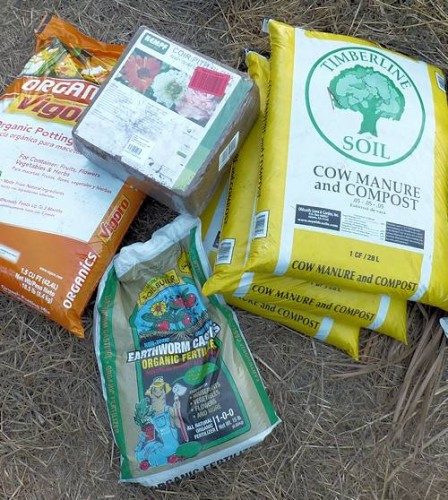
Some soil amendments, including coconut coir, earthworm castings and composted manure.
Three Main Soil Types
In the grand scheme of things, there are three main soil types found in nature. Yes, there are lots of sub-types, but they all ultimately fall into these three:
- Sandy: Whether coarse or fine grained, sand is most notable for its drainage, which is excellent. Unfortunately, it’s usually a little too excellent, and your plants get thirsty again a short time later.
- Clay: Clay, on the other hand, keeps moisture in the soil…a little too efficiently. Clay soils stay wet for a long time, and they compact easily, so plant roots have a tough time trying to get air.
- Loam: What we all wish we had! Loam has good drainage, but keeps moisture in the soil. It’s “fluffier” and although it will compact down, it doesn’t do it as readily as clay.
If you’ve got an in-ground garden and have sandy or clay soil, they would both benefit from adding some good-quality compost. Compost has the effect of trapping moisture in sandy soils, while “fluffing” up clay soil. And what about loam? Adding compost at least once a year to your beds will help to keep your loam in top condition.
But…what if you have a raised bed or container garden?
Soils for Containers and Raised Beds
First, it’s more appropriate to call what’s put into raised beds and containers a “potting mix”. That’s because there’s usually very little soil in the mix.
These potting mixes are usually composed with some combination of:
- Compost:Â Used for adding structure to the mix.
- Vermiculite or Perlite:Â Used to provide air space for roots.
- Peat Moss or Coconut Coir:Â Used to help retain moisture in the mix.
There are other goodies that can be added, but these are the main ingredients.
Yes, there are all kinds of recipes for the above. The most well-known is called “Mel’s Mix” which is 1/3 vermiculite, 1/3 peat moss and 1/3 blended compost. My personal favorite includes some additional amendments.
Soil / Mix Amendments
These are “goodies” added to the soil that aid the plant’s nutrition in some way. The most common is earthworm castings, which both conditions the soil / mix as well as provides some organic fertilizer. Another amendment along these lines is kelp meal
Something newer to the world of gardening are the rock dusts. These are full of trace minerals that tend to be missing from pretty much all soils and mixes. These rock dusts range from dolomite limestone (found in most garden centers) up through mixes like Azomite, Elemite and Gaia Green Glacial that tend to be more difficult to locate (I get mine from Amazon and/or Ebay, since I can’t find them locally).
Earthworm castings and kelp meal are pretty well-recognized as being useful soil / mix amendments. Rocks dusts? I am currently running some tests, and although initially encouraging I still have more testing to do. However, I do hear a lot of good things about rock dusts. In fact, Earthboxes come with a package of rock dust with 16 trace elements, so it’s definitely gaining in popularity. I’ll be doing a post on rock dusts at some point.
Where is the Fertilizer?
Yes, technically you could call fertilizer (N-P-K) a soil amendment, but that’s a subject that calls for its own post. And in fact, I do have one on organic fertilizers, if you’d like to read it.
Should You Add Soil Amendments?
Whether you have in-ground garden beds, containers or raised beds, it’s probably a given that you need amendments of some sort. The question is what kind and how much?
Compost is what I’d recommend for pretty much anyone. After that, it’s a matter of what you can afford, although minimally I would suggest vermiculite and/or perlite for aeration if you have heavier clay soil, and peat moss or coconut coir for sandy soils to help hold in some moisture.
Earthworm castings and kelp meal are excellent soil conditioners, while the rock dusts add the trace minerals.
Can your grow your peppers in less than optimal soil? Sure you can; it’s more a matter of what kind of harvest you want. Adding soil amendments help your plant to grow healthier, which in turn lets the peppers flower and fruit more.
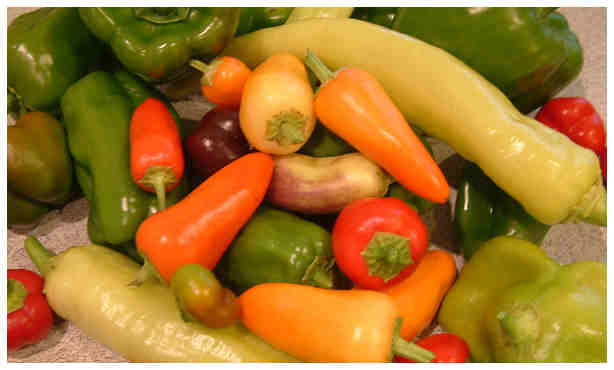
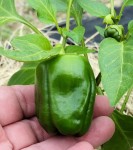
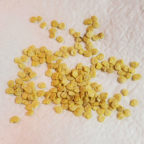
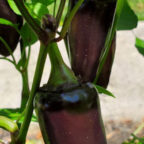
Pingback: What Kind of Soil Do Peppers Like? | Homegrown Peppers